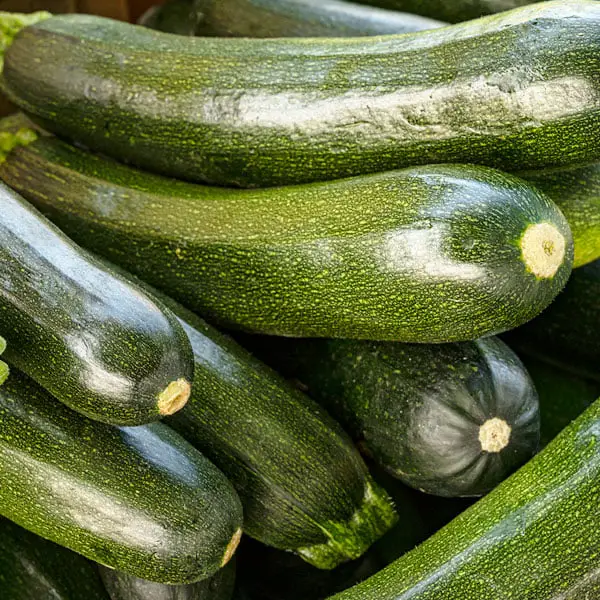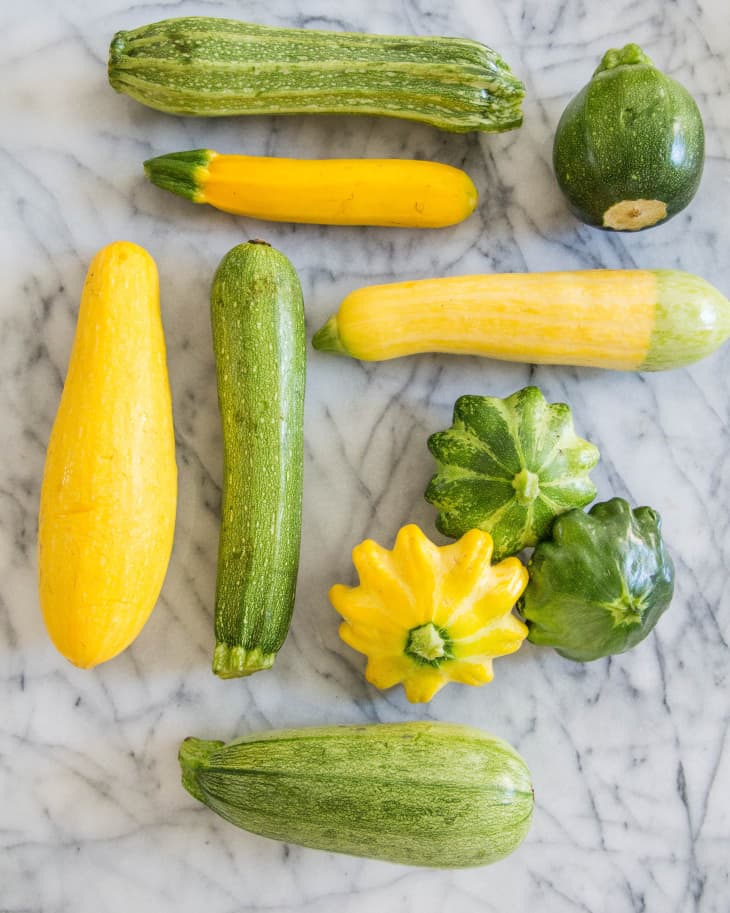Zucchini, a versatile and nutritious vegetable, has often been hailed as a staple in many cuisines. With its mild flavor and tender texture, it lends itself to a wide variety of dishes. However, one may wonder about the availability of this beloved vegetable throughout the year. In this article, we will explore the seasonality of zucchini, examining whether it remains a year-round culinary delight or shows signs of being a seasonal produce. By delving into the factors influencing zucchini’s availability, we aim to shed light on this culinary conundrum.
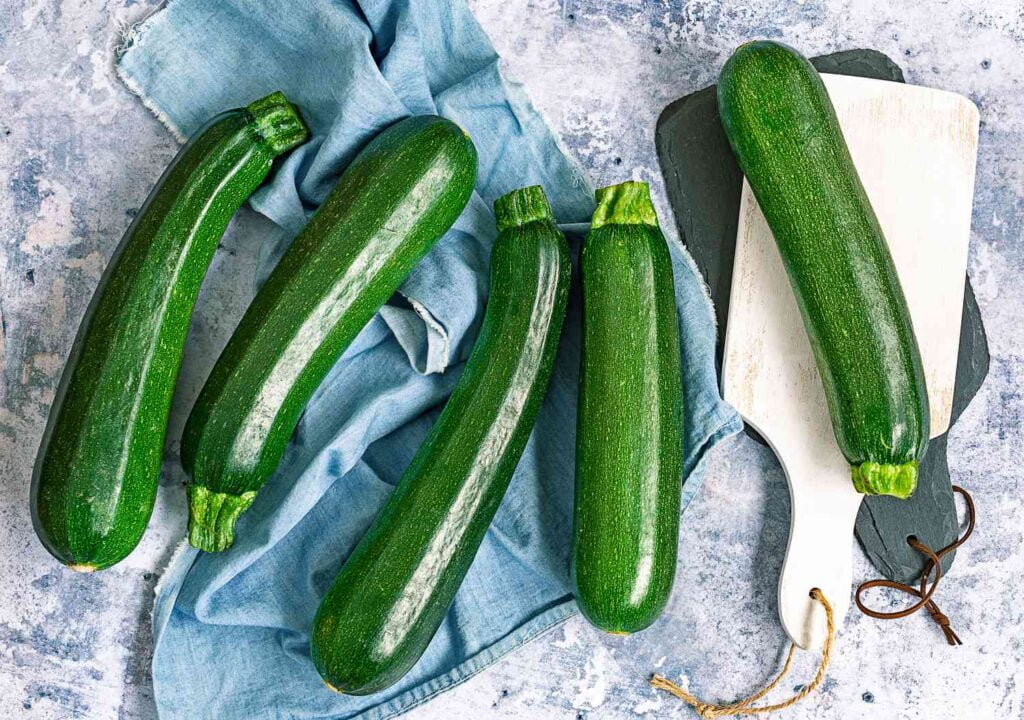
What is Zucchini?
Zucchini, scientifically known as Cucurbita pepo, is a summer squash that belongs to the Cucurbitaceae family. It is a type of squash commonly grown for its edible fruits, which are harvested when they are young and tender. Zucchini is often recognized for its cylindrical shape and vibrant green color, although other varieties may have different shapes and colors.
Appearance and Taste
Zucchini has a smooth and glossy skin, which is rich in chlorophyll, giving it a vibrant green color. It is typically harvested when it is still small and tender, ranging from 6 to 10 inches in length. The flesh of zucchini is pale green or white, with a slightly crisp texture. It has a mildly sweet and delicate flavor, which makes it versatile in various culinary applications.
Seasonality of Zucchini
Summer Harvest
Zucchini is primarily a warm-season vegetable, thriving in the summer months. It is highly abundant during this period due to the ideal growing conditions, such as ample sunlight and warm temperatures. Zucchini plants are known for their prolific production, with each plant capable of yielding a significant number of fruits.
Winter Growing
While zucchini is most commonly associated with summer, it is also possible to grow it during the winter season. However, winter-grown zucchini usually requires extra care and protection, as it is sensitive to frost and colder temperatures. Techniques such as utilizing row covers or growing zucchini in containers indoors can help extend the growing season into winter.
Year-round Availability
Fortunately, zucchini is not limited to just specific seasons. Due to advancements in agricultural practices, zucchini is now available throughout the year in many regions. With the use of greenhouses and other controlled environment technologies, farmers are able to provide a continuous supply of zucchini, ensuring its availability in grocery stores and markets regardless of the season.
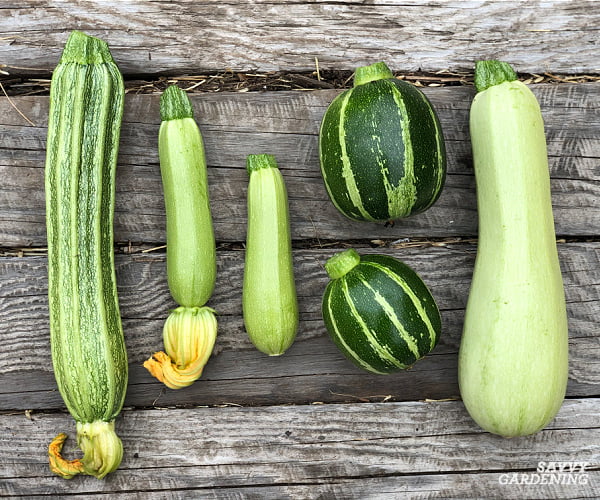
Growing Zucchini at Home
Best Growing Seasons
When considering growing zucchini at home, it is important to choose the appropriate growing seasons. In regions with distinct seasons, zucchini thrives best in warm summer conditions. The ideal soil temperature for planting zucchini seeds is around 70°F (21°C). It is recommended to start planting zucchini when all risks of frost have passed and the soil has warmed up adequately.
Growing Conditions
Zucchini plants are relatively easy to grow, making them a popular choice for home gardeners. They require well-draining soil with a pH level between 6.0 and 7.5. Zucchini plants thrive in full sunlight, requiring at least 6 to 8 hours of direct sunlight per day. Adequate spacing between plants is essential to allow for proper air circulation and prevent the spread of diseases.
Regular watering is crucial for zucchini plants, especially during the flowering and fruiting stages. It is important to keep the soil moist but not waterlogged. Mulching around the plants can help retain moisture and prevent weed growth, which can compete with the zucchini plants for nutrients.
Harvesting Tips
Zucchini can be harvested when the fruits are young and tender, typically around 6 to 10 inches in length. It is recommended to use a sharp knife or shears to cut the fruit from the plant, taking care not to damage the plant or nearby fruits. Regular harvesting encourages continuous production, as zucchini plants have the ability to produce new fruits throughout the growing season.
Storage and Preservation of Zucchini
Fresh Zucchini Storage
Freshly harvested zucchini can be stored for a short period of time before consumption. It is best to store zucchini in a cool and dry place, such as the refrigerator, where it can last for up to a week. To maintain its freshness, it is advisable to store zucchini in a perforated plastic bag or wrapped in a damp cloth to prevent moisture loss.
Freezing Zucchini
If you have an abundance of zucchini and want to preserve it for longer periods, freezing is an excellent option. First, ensure that the zucchini is thoroughly washed and dried. Then, cut it into preferred shapes or slice it before blanching the pieces in boiling water for a brief period. Blanching helps to preserve the flavor, color, and texture of zucchini. After blanching, plunge the zucchini into an ice bath to cool rapidly and then drain it thoroughly. Finally, pack the blanched zucchini into airtight freezer bags or containers and place them in the freezer. Properly frozen zucchini can last for up to 10 to 12 months.
Canning Zucchini
Canning is another method to preserve zucchini. Zucchini can be canned in the form of pickles or relishes. The process involves cutting the zucchini into desired shapes, boiling them in a syrup or vinegar-based solution, and packing them into sterilized jars. The jars are then subjected to a hot water bath or pressure canning process to ensure food safety and create a vacuum seal. Canned zucchini can be stored for an extended period, typically up to a year or more, in a cool and dark pantry.
Cooking with Zucchini
Versatile Culinary Applications
Zucchini is a remarkably versatile vegetable that can be used in a wide range of culinary applications. It can be enjoyed raw or cooked, depending on personal preference and the desired dish. Raw zucchini can be sliced into salads, julienned into noodle-like strands as a healthy alternative to pasta, or even grated and added to baked goods such as muffins or bread.
When cooked, zucchini exhibits a tender and slightly crisp texture while absorbing flavors well. It can be sautéed, grilled, roasted, steamed, or baked. Zucchini is a popular ingredient in stir-fries, soups, stews, casseroles, and pasta dishes. Its mild flavor allows it to complement a wide variety of ingredients, making it a versatile addition to both savory and sweet dishes.
Popular Zucchini Recipes
There are countless delicious recipes that showcase the culinary potential of zucchini. One popular dish is zucchini pasta, where zucchini noodles are often substituted for traditional wheat or gluten-based pasta. Zucchini can also be stuffed with a variety of fillings, such as cheese, herbs, or ground meat, and baked until tender and golden.
Another well-loved recipe is zucchini bread, a moist and flavorful loaf that incorporates grated zucchini into a traditional bread batter. Zucchini can also be used in fritters, quiches, and vegetable medleys. Its adaptability allows for endless experimentation in the kitchen, ensuring that there is a zucchini dish to suit every taste.
Health Benefits of Zucchini
Nutritional Value
Zucchini is not only a versatile and delicious vegetable but also offers a range of health benefits. It is low in calories and carbohydrates, making it a suitable choice for individuals following a calorie-controlled or low-carb diet. Zucchini is also an excellent source of dietary fiber, which aids in digestion and promotes feelings of fullness.
Furthermore, zucchini is rich in essential vitamins and minerals. It is particularly high in vitamin C, which supports immune function, and vitamin A, which is important for healthy vision. Zucchini also contains significant amounts of potassium, a mineral essential for maintaining proper fluid balance, and folate, which is crucial for proper cell growth and development.
Weight Management
The low calorie and high fiber content of zucchini make it an excellent choice for individuals looking to manage their weight. Its high water content contributes to its low calorie density, allowing for greater food volume without a significant increase in calories. Additionally, the fiber in zucchini helps to promote feelings of fullness and can aid in weight loss efforts by reducing overall calorie intake.
Digestive Health
Zucchini is a good source of dietary fiber, which plays a crucial role in maintaining a healthy digestive system. Fiber adds bulk to the stool, promoting regular bowel movements and preventing constipation. It also provides support for the growth and maintenance of beneficial gut bacteria, which have been linked to various aspects of digestive health, including improved nutrient absorption and a reduced risk of certain gastrointestinal disorders.

Zucchini Varieties
Common Varieties
There are numerous zucchini varieties available, each with its own unique characteristics. Some common varieties include:
Green zucchini: This is the classic zucchini variety, characterized by its vibrant green color and cylindrical shape.
Yellow zucchini: As the name suggests, this variety has bright yellow skin and is sometimes referred to as summer squash.
Round zucchini: This variety deviates from the traditional elongated shape and instead has a spherical or round form.
Spaghetti squash: While technically not a zucchini, spaghetti squash is often included in the family due to its similar culinary applications. When cooked, the flesh of spaghetti squash separates into string-like strands that resemble spaghetti.
Specialty Varieties
In addition to the common varieties, there is a wide range of specialty zucchini varieties available for those looking to try something different. Some specialty varieties include:
Costata Romanesco: This heirloom variety is known for its distinctive ribbed skin and nutty flavor.
Cocozelle: Cocozelle zucchini is an Italian heirloom variety characterized by its elongated shape and light green stripes.
Lebanese zucchini: This variety is popular in Middle Eastern cuisine and is typically smaller in size with a pale green or white color.
Eight Ball: True to its name, the Eight Ball zucchini has a round shape and is perfect for stuffing or roasting.
With such a diverse selection of zucchini varieties available, there is something to suit every culinary preference and recipe.
Zucchini Festivals and Celebrations
Cultural Significance
Zucchini has gained considerable cultural significance in many regions, leading to the establishment of festivals and celebrations dedicated to this versatile vegetable. These events not only celebrate zucchini as a food but also showcase its cultural, historical, and agricultural importance.
Prominent Events
One notable zucchini festival is the “Zucchini Festival” held in Hayward, California. This annual event features zucchini-themed contests, cooking demonstrations, live music, and a wide array of zucchini-based dishes. It provides an opportunity for the community to come together and celebrate the zucchini harvest while promoting local agriculture.
In Europe, the town of Ancona in Italy hosts the annual “Sagra della Zucchina” (Zucchini Festival). This celebration features various culinary competitions, tastings, and traditional Italian music and dance. The festival attracts both locals and tourists who gather to enjoy the vibrant atmosphere and savor the diverse zucchini delicacies.
These festivals and celebrations not only highlight the delicious nature of zucchini but also encourage a sense of community and appreciation for this versatile vegetable.
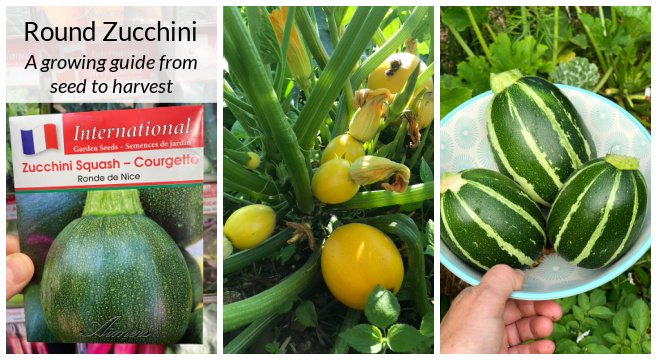
Zucchini in Different Cuisines
Zucchini in Italian Cuisine
Zucchini holds a significant place in Italian cuisine, where it is known as “zucchine.” It is commonly used in a variety of traditional dishes, such as “zucchine ripiene” (stuffed zucchini), “zucchine alla scapece” (marinated zucchini), and “frittelle di zucchine” (zucchini fritters). The mild flavor and tender texture of zucchini allow it to absorb the flavors of the accompanying ingredients, enhancing the overall taste of the dish.
Zucchini in Mediterranean Cuisine
Zucchini is a staple ingredient in Mediterranean cuisine, where it is often featured in dishes such as “ratatouille” and “Mediterranean vegetable couscous.” It pairs well with other Mediterranean ingredients such as tomatoes, olives, and feta cheese. In addition to its culinary applications, zucchini is commonly used in Mediterranean countries to produce flavorful and aromatic zucchini-based olive oils.
Zucchini in Asian Cuisine
Zucchini has also found its way into Asian cuisines, particularly in stir-fries and soups. In Chinese cuisine, zucchini is often paired with garlic and stir-fried to create a simple and flavorful dish. In Korean cuisine, zucchini is commonly used as a filling for dumplings and can be found in various Korean side dishes.
The adaptability of zucchini in various cuisines demonstrates its versatility as a culinary ingredient, allowing it to seamlessly integrate into different flavor profiles and cooking techniques.
Conclusion
Zucchini, with its vibrant appearance and delicate flavor, is a versatile and nutritious vegetable that deserves a place in any kitchen. From its seasonal availability to its culinary applications, zucchini offers endless possibilities for both the amateur home cook and professional chef. Whether enjoyed fresh, preserved, or cooked into a variety of dishes, zucchini continues to captivate taste buds and provide numerous health benefits. So next time you encounter this green gem, embrace its potential, and embark on a culinary journey that highlights the versatility and allure of zucchini.
